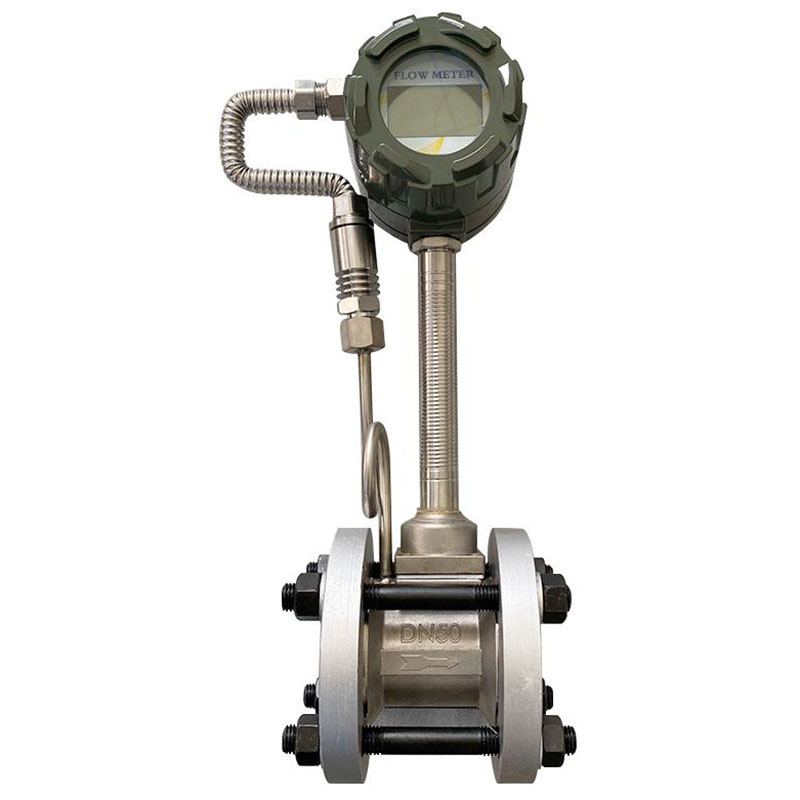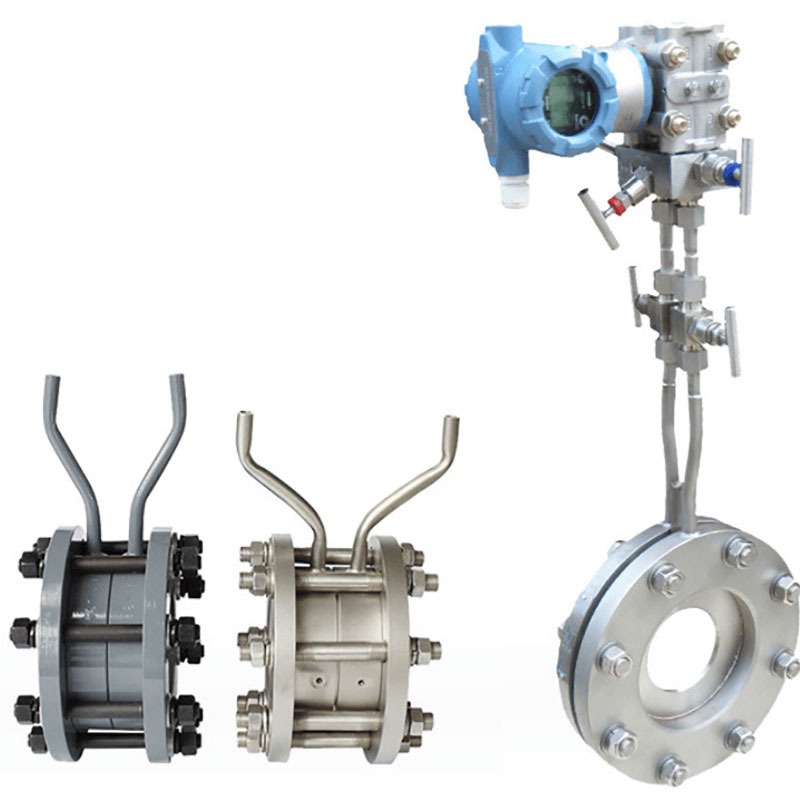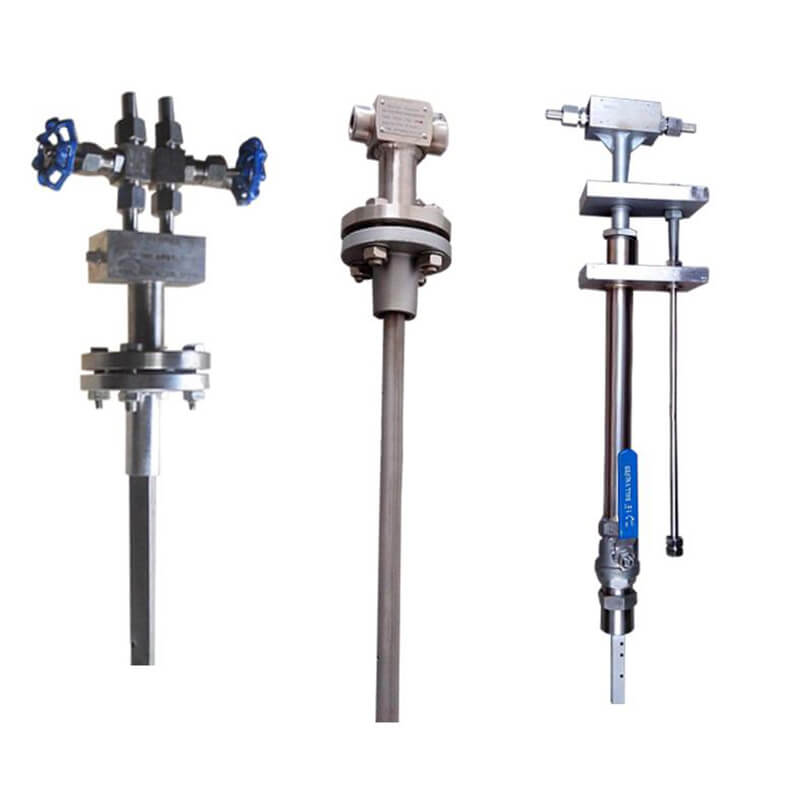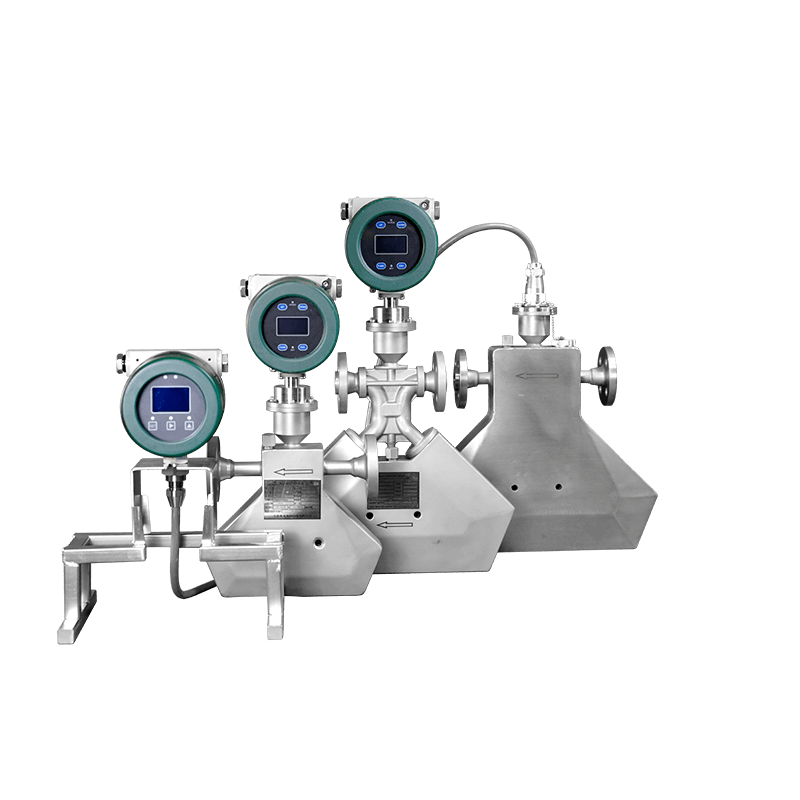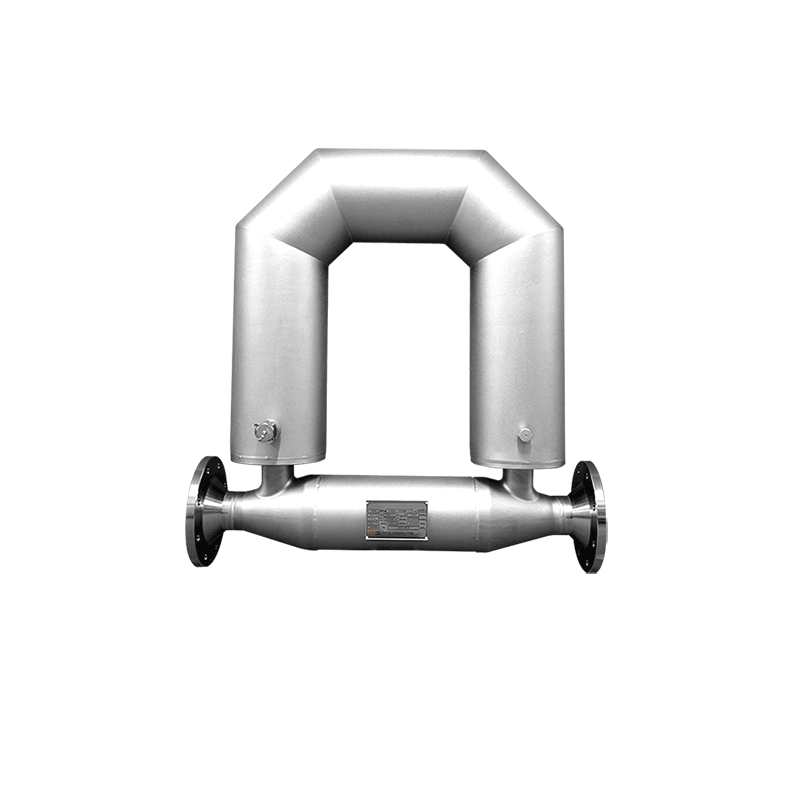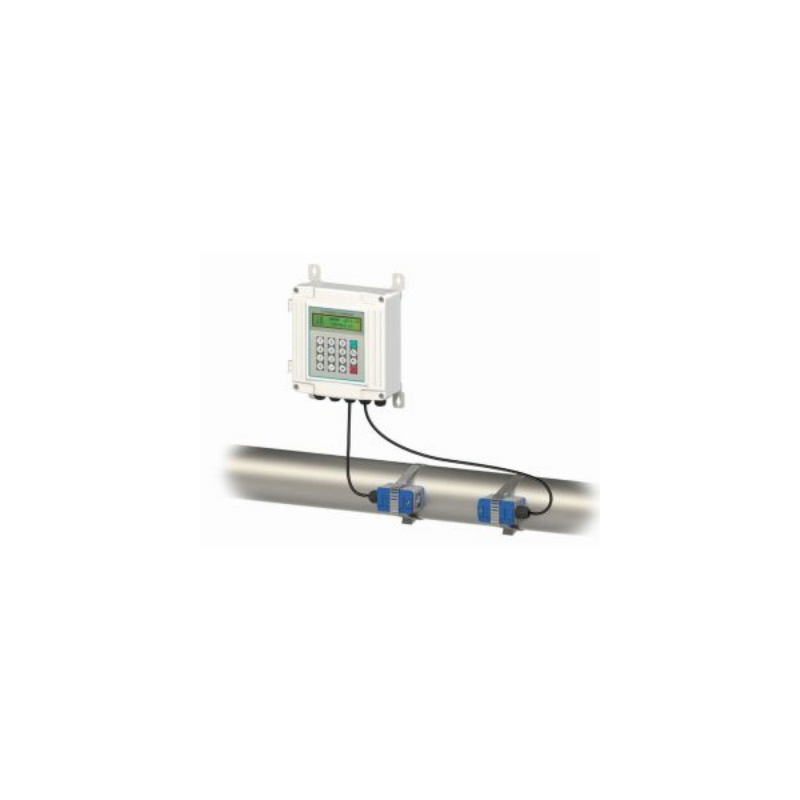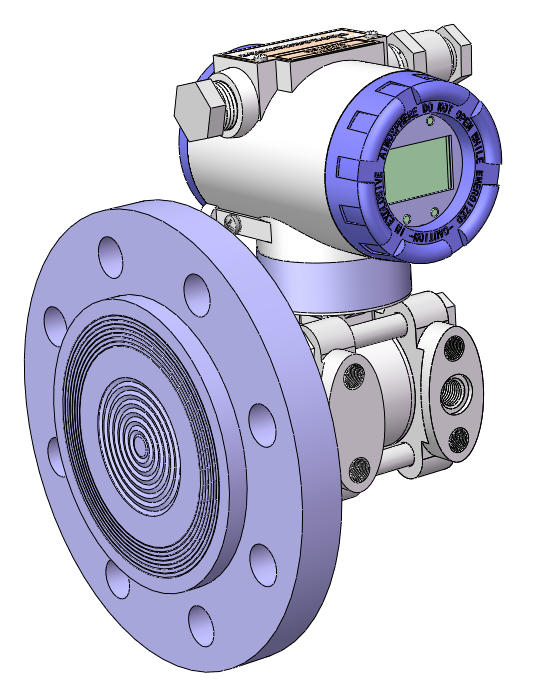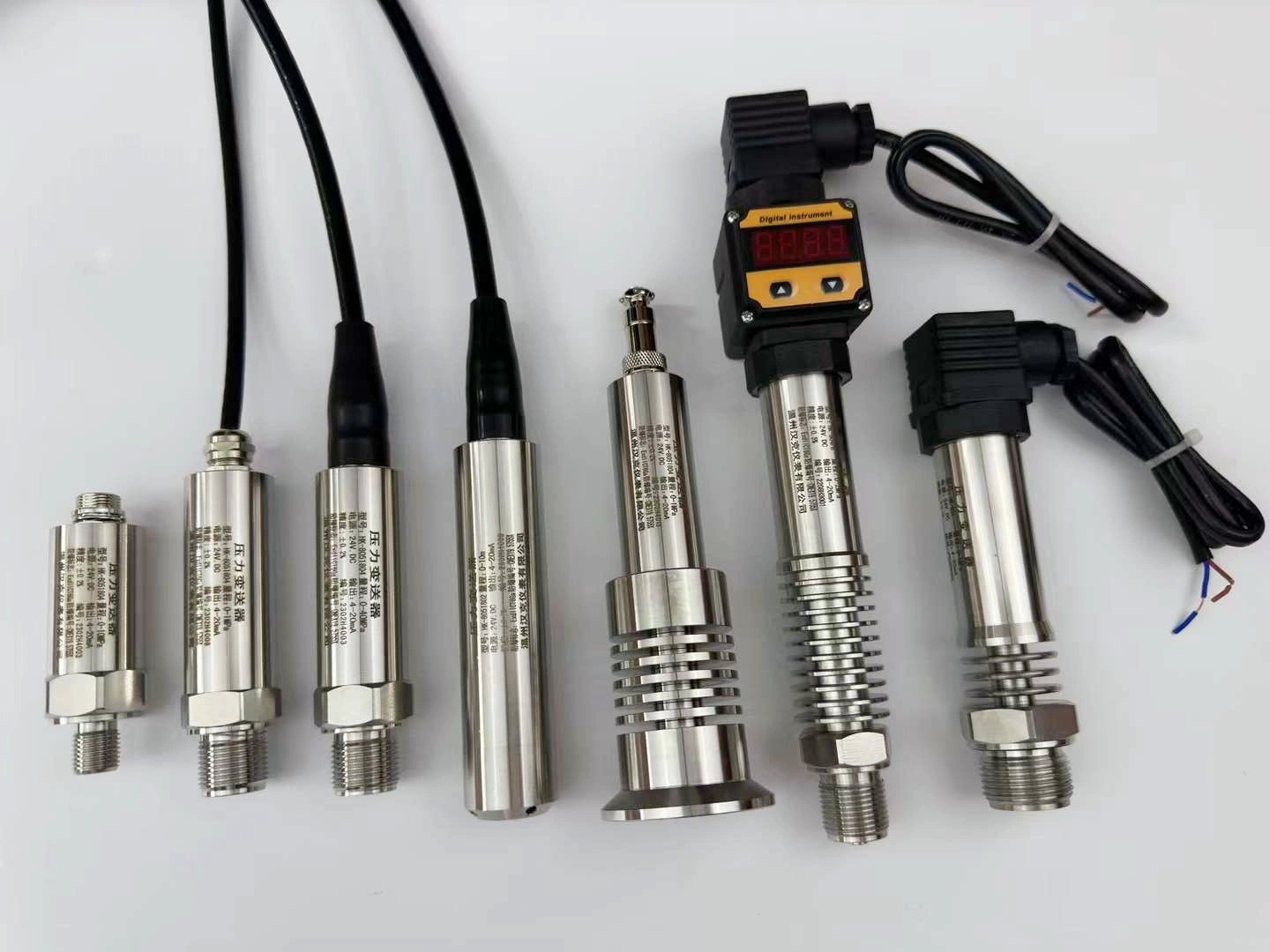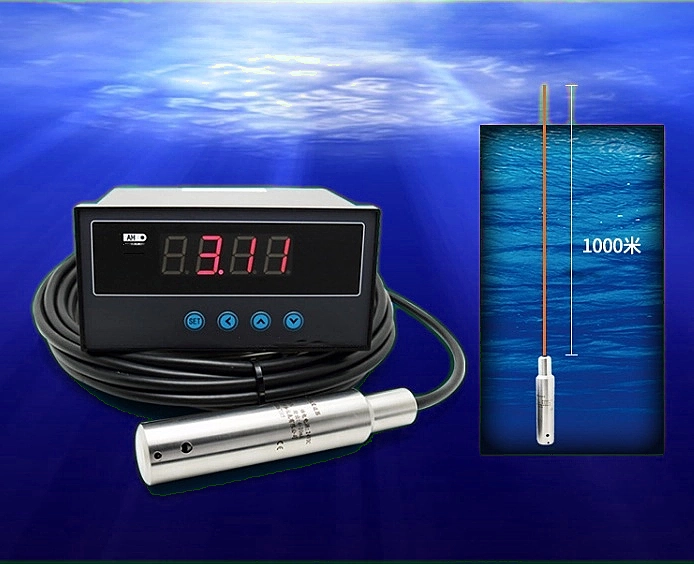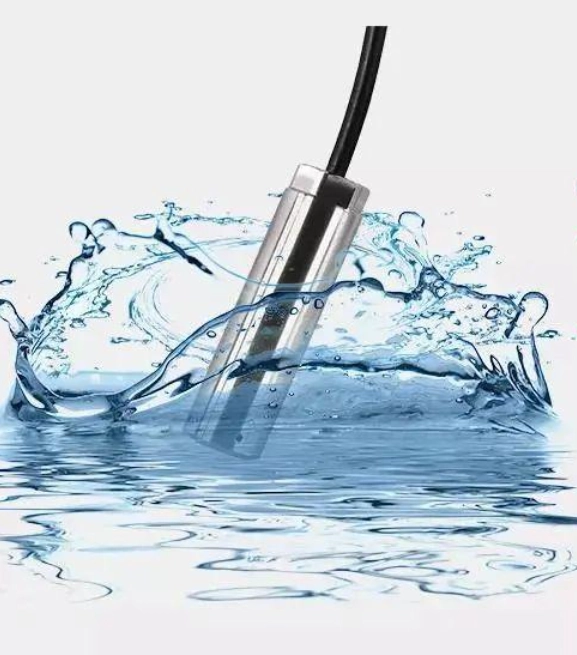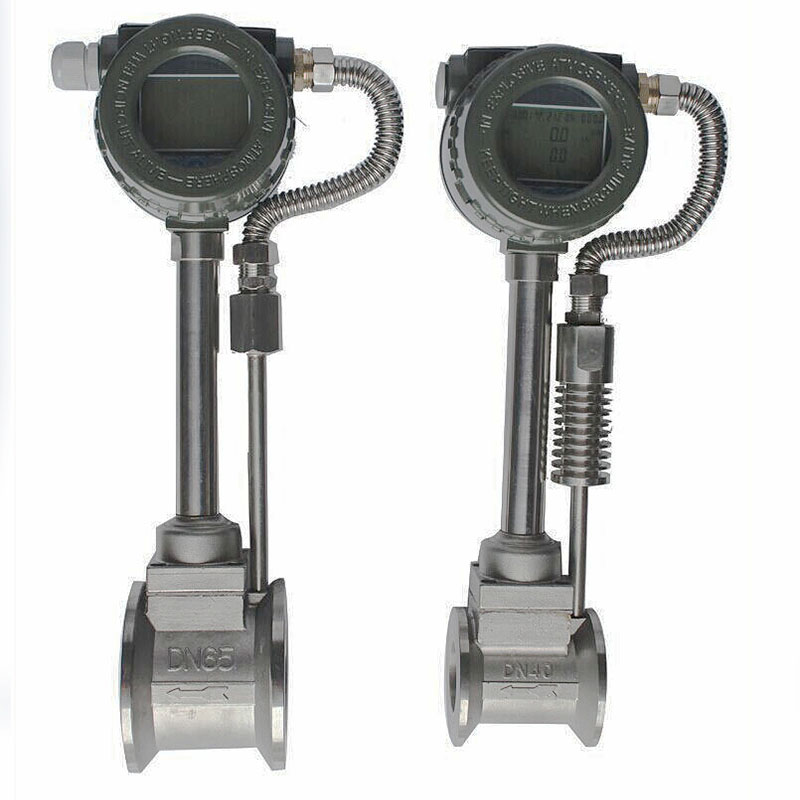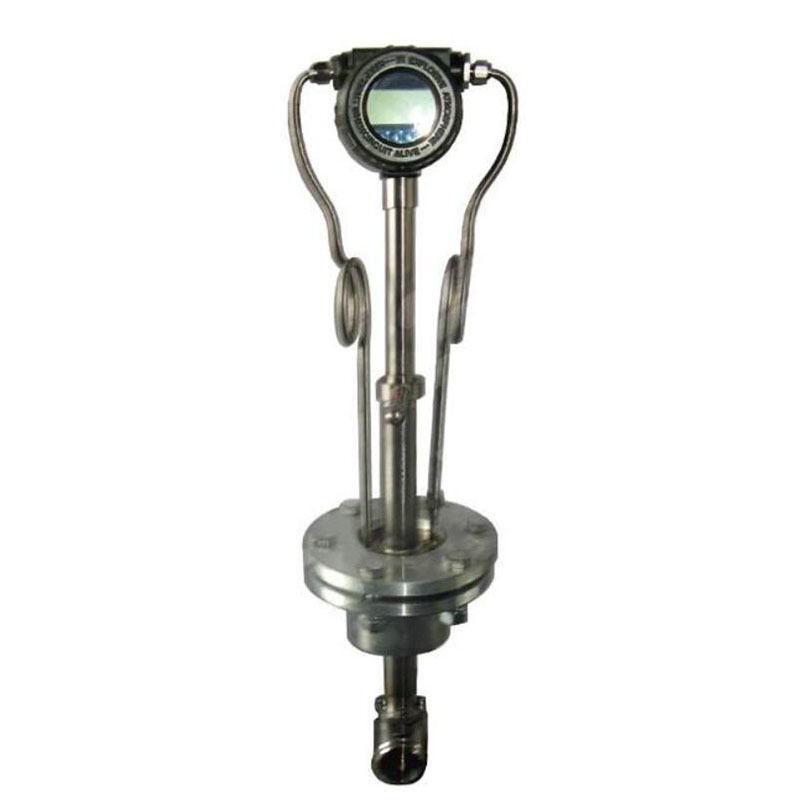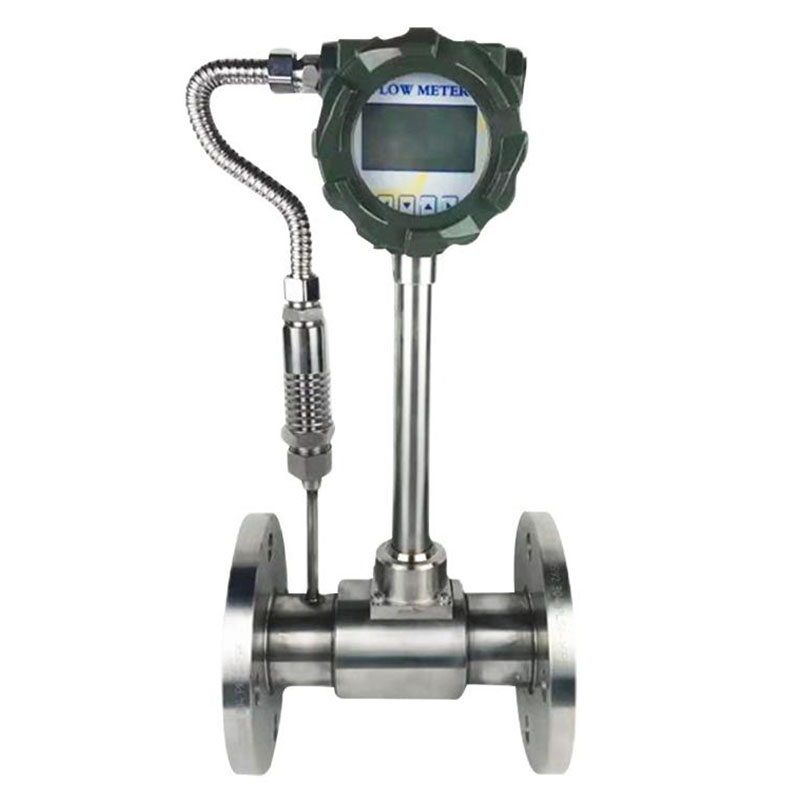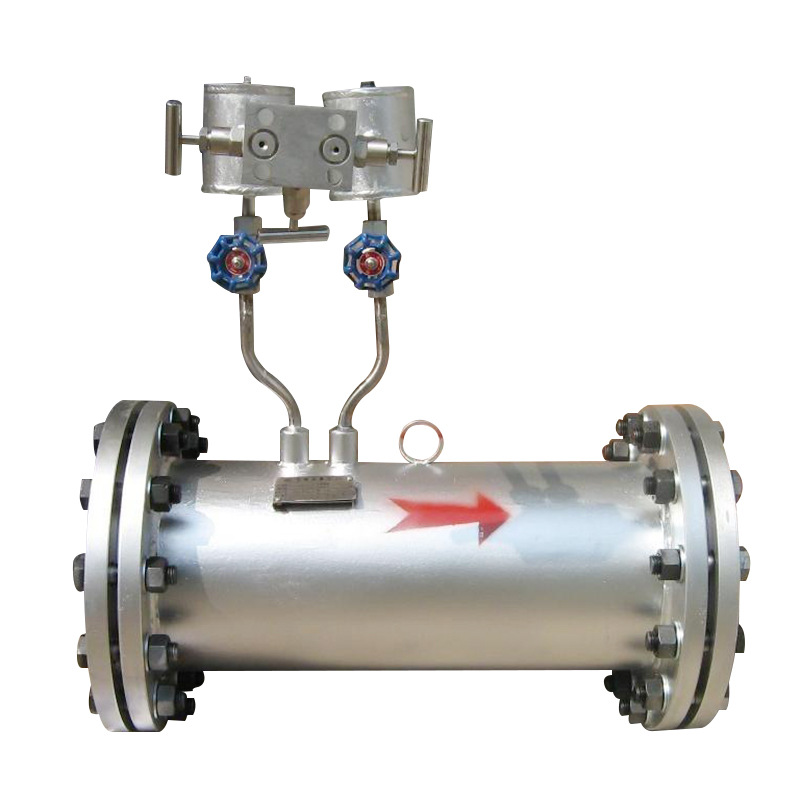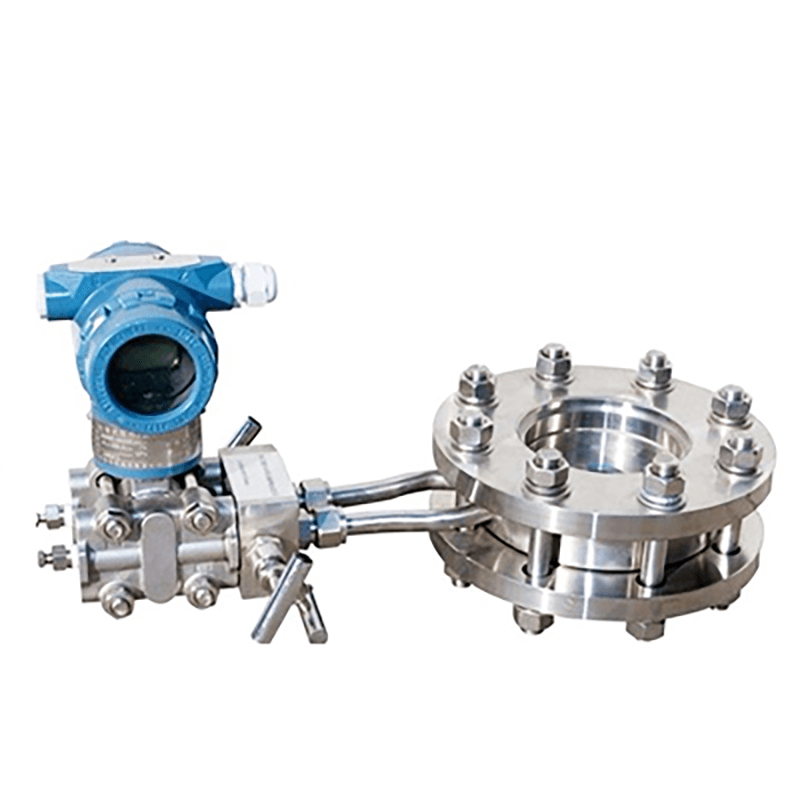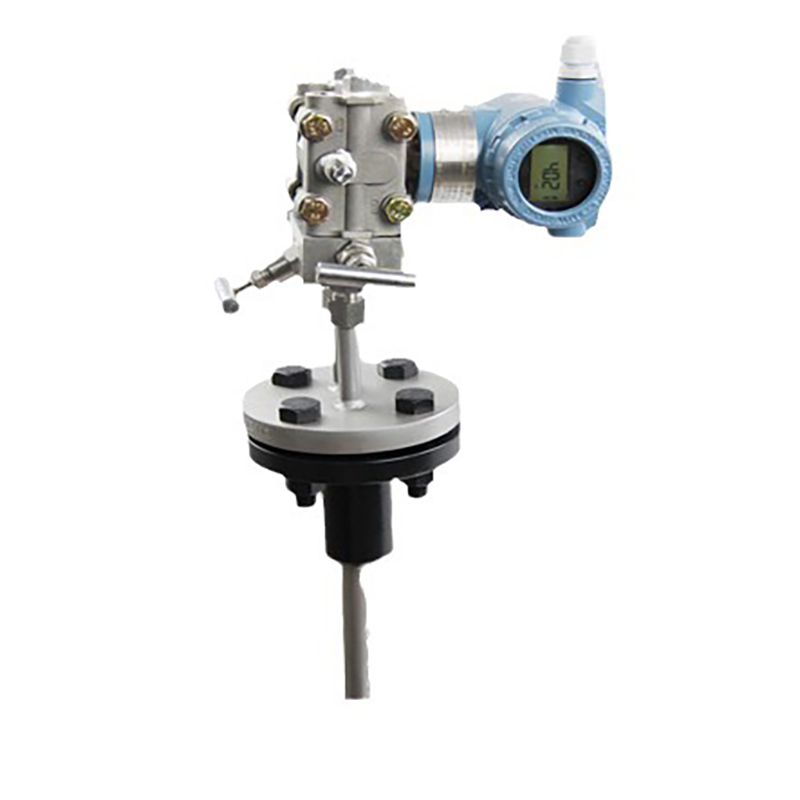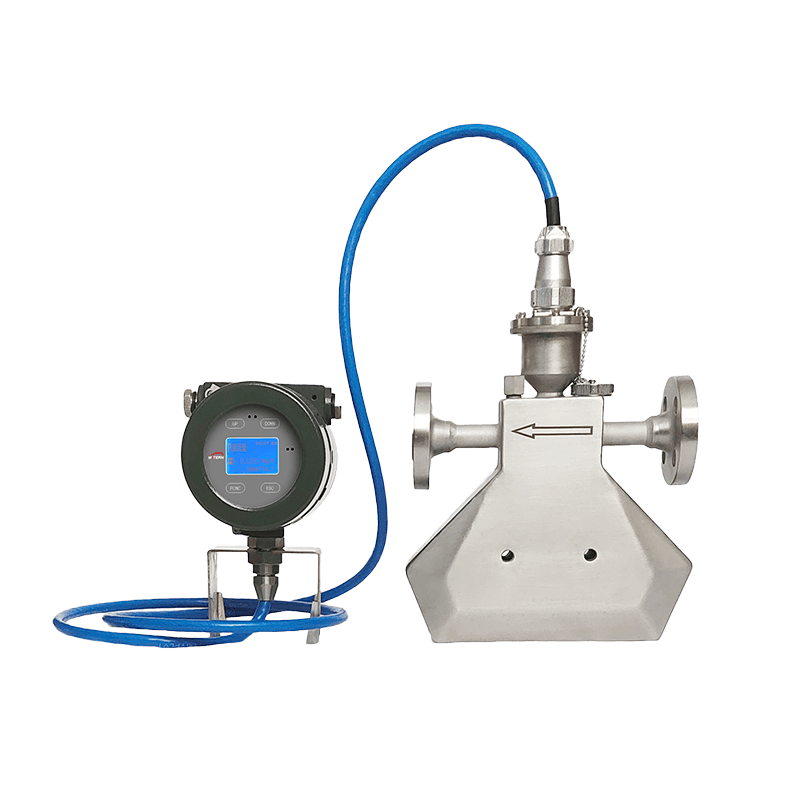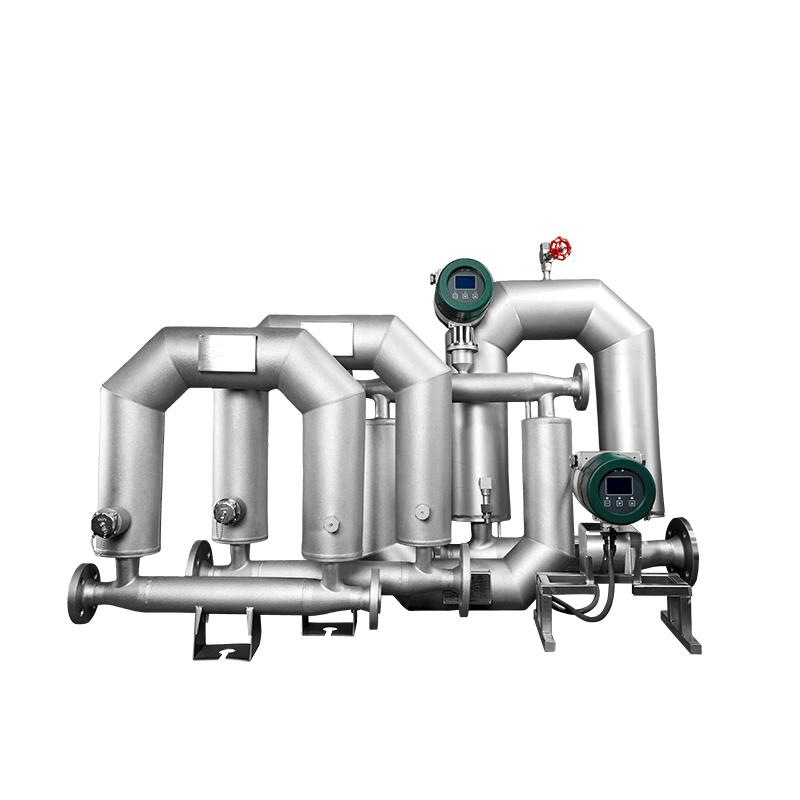Can a vortex flow meter be used for steam? A vortex flow meter can be used to measure a variety of fluid types (liquids, gases, or steam), but it provides significant benefits when used in superheated or saturated steam applications.
The ideal technology for steam flow measurement, the vortex steam flow meter measures five process variables through a single process connection: mass flow, volume flow, density, pressure, and temperature.
Because a single device provides five highly accurate results, the total cost of ownership is significantly reduced while still providing accurate steam flow meter rates.
The lower initial cost, simpler installation, and lower maintenance costs contribute to significant overall savings to maximize your steam production rates.
Introduction to Steam
Steam is the gaseous state of water formed by heating liquid water to boiling. Steam is invisible, and the “steam” that is visible in daily life is “wet steam”, which is a mixture of water vapor and its condensed mist or aerosol. In low-pressure areas, such as high altitudes and mountain tops, the boiling point of water is lower than the 100 degrees Celsius we know in daily life. Continued heating will produce superheated steam.
Steam Classification
There are two types of steam, saturated steam and superheated steam. Steam that has not been heat-treated is called saturated steam. Saturated steam is steam at a temperature of 100 degrees at one atmosphere of pressure. The temperature cannot be raised any further. It is steam in a saturated state. It is an excellent heat source, and its high heat transfer coefficient is very suitable for heating, drying and sterilization.
Superheated steam is produced by heating saturated steam above the boiling point until all the water disappears. It can be used for power generation, turbines and drying.
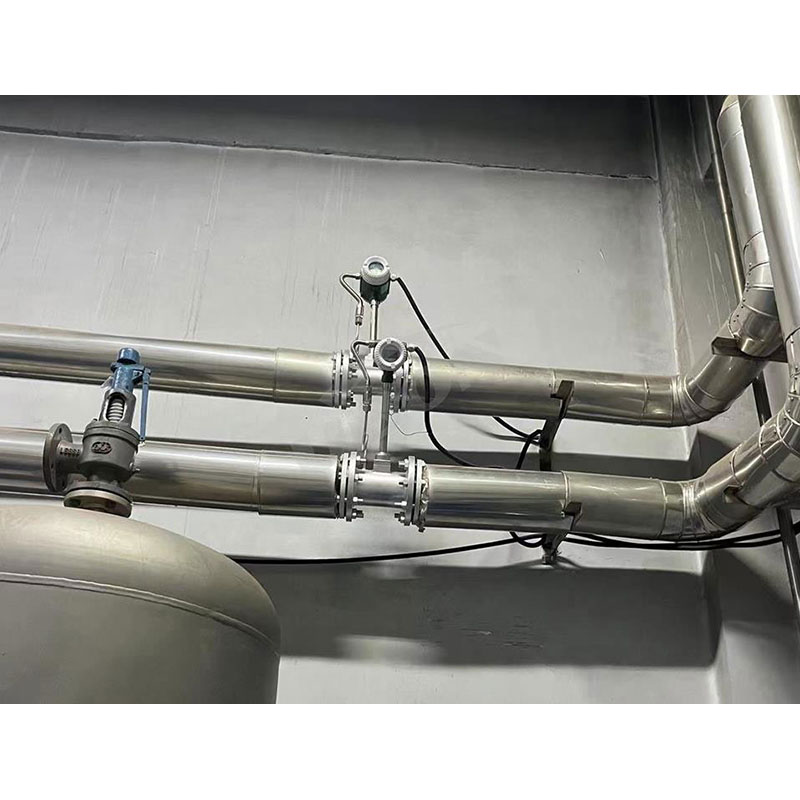
Where do We Use Steam?
Steam is widely used in industrial industries. Common applications of steam are factories that use steam for heating and power plants that use steam to drive turbines, but the application of steam is far more than that. Steam is widely used in heating/sterilization, power source/drive source, power steam, atomization, cleaning, moisturizing, humidification
Steam Measurement Problems
Steam flow measurement is difficult, mainly because steam is a special medium. With the change of working conditions (such as temperature and pressure), superheated steam often turns into saturated steam, forming a steam-liquid two-phase flow medium.
For steam with frequently changing phase flow, using current flow meters to measure gas flow will definitely lead to inaccurate measurement.
The solution to this problem is to maintain the superheat of steam and minimize the water content of steam. Such as strengthening the insulation measures of steam pipes and reducing the pressure loss of steam, so as to improve the accuracy of measurement.
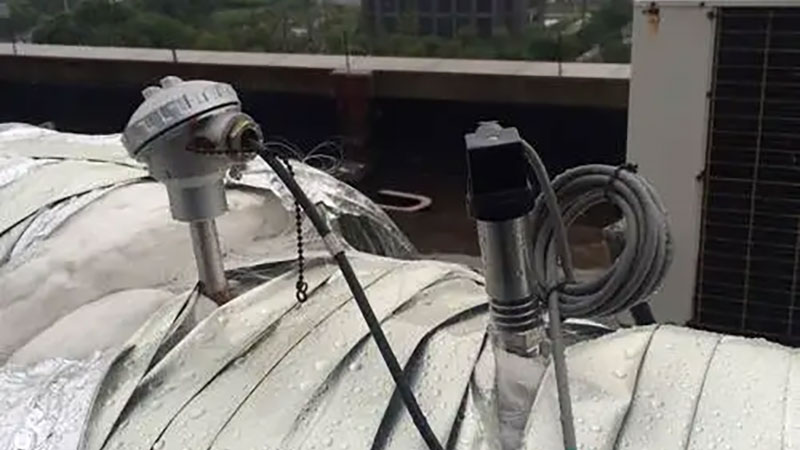
Types of Steam Flow Meters
Which flowmeter is suitable for steam?
There are three basic types of flowmeters suitable for steam: differential pressure (DP), vortex and Coriolis.
Differential pressure flowmeter, also known as orifice flowmeter, consists of a primary detection element (throttling element) and a secondary device (differential pressure transmitter and flow display). It is widely used in gas, steam and liquid flow measurement, with simple structure, easy maintenance, stable performance and reliable use. It relies on the pressure change when steam flows through components such as nozzles, orifices or venturi tubes, uses the pressure difference to determine the flow rate, and then uses the flow rate to calculate the flow rate. The pressure difference provides an indication of the flow rate, which can be used to determine the flow rate.
Vortex flowmeter is a volume flowmeter that measures the volume flow rate, standard volume flow rate or mass flow rate of gas, steam or liquid based on the Karman vortex principle. It is mainly used for flow measurement of industrial pipeline medium fluids, such as gas, liquid, steam and other media. It relies on the principle of generating vortices when flowing through components, and the frequency of the vortex corresponds to the flow rate. There are analog standard signals and digital pulse signal outputs, which are easy to use with digital systems such as computers. It is a relatively advanced and ideal measuring instrument.
The Coriolis flowmeter relies on pipes placed in the steam flow path. These pipes twist according to the flow rate. It is a device that directly measures the mass flow rate by using the principle of Coriolis force proportional to the mass flow rate when the fluid flows in a vibrating pipe. It consists of a flow detection element and a converter. The Coriolis mass flowmeter realizes the direct measurement of mass flow, has high precision, can measure multiple media and multiple process parameters, and is widely used in petrochemical, pharmaceutical, food and other industries.
But in fact, the most suitable flowmeter for measuring steam is the steam vortex flowmeter.
Why Choose a Vortex Flow Meter?
Steam has many advantages, but measuring it is challenging. When dealing with any process that uses steam, a certain degree of caution is required to ensure its safety and keep the facility running under optimal conditions. This is where the vortex flowmeter can play a role.
The vortex meter operates on the principle of the von Karman effect, which describes how a fluid creates a vortex behind it when it passes through a blunt body. It is this vortex that can be measured. The sensor counts the number of vortices or eddies, and the speed at which they move determines the speed at which the fluid passes through the meter.
It is characterized by low pressure loss, large range, high accuracy, and is almost unaffected by parameters such as fluid density, pressure, temperature, and viscosity when measuring working volume flow. There are no moving mechanical parts, so it is highly reliable and requires little maintenance. The instrument parameters can be stable for a long time.
The vortex flowmeter uses a piezoelectric stress sensor with high reliability and can operate in an operating temperature range of -20℃ to +350℃.
There are analog standard signals and digital pulse signal outputs, which are easy to use with digital systems such as computers. It is a relatively advanced and ideal measuring instrument.
Vortex Flow Meter Advantages and Disadvantages
Advantages:
- Versatility.
- Durability.
- Unaffected by temperature and pressure fluctuations.
- No conductivity requirement.
- Low installation cost.
Disadvantages
- Sensitive to contamination.
- Not suitable for high or low viscosities.
- Susceptible to vibration.
- May clog.
Can Ultrasonic Flow Meters Measure Steam?
The answer is obviously no. At present, there are no ultrasonic flowmeters for measuring steam in China, but judging from the current technological development in China, ultrasonic flowmeters will definitely be used in this regard in the future. And there are already ultrasonic flowmeters for measuring steam abroad.
For steam metering, five main factors should be considered when selecting a flowmeter: the characteristics of the measured fluid, the production process, the installation conditions, the maintenance requirements and the characteristics of the flowmeter. At present, the instruments for measuring steam flow mainly include vortex flowmeter, differential pressure (orifice plate, average velocity tube, elbow) flowmeter, split rotor flowmeter, Annubar flowmeter, float flowmeter, etc.
Our Sino-Inst vortex flowmeter has the characteristics of high accuracy and good performance. It is the proven instrument of choice in geothermal steam applications around the world. It can measure the mass flow of any gas or liquid and is very suitable for saturated or superheated steam. If you need to purchase a vortex flowmeter or have any questions about the installation of a vortex flowmeter, please contact our engineers!

